Taubman fellows exhibition investigates ecosystem simulations, public housing, and building fixtures
By Niall Patrick Walsh|
Thursday, Mar 14, 2024
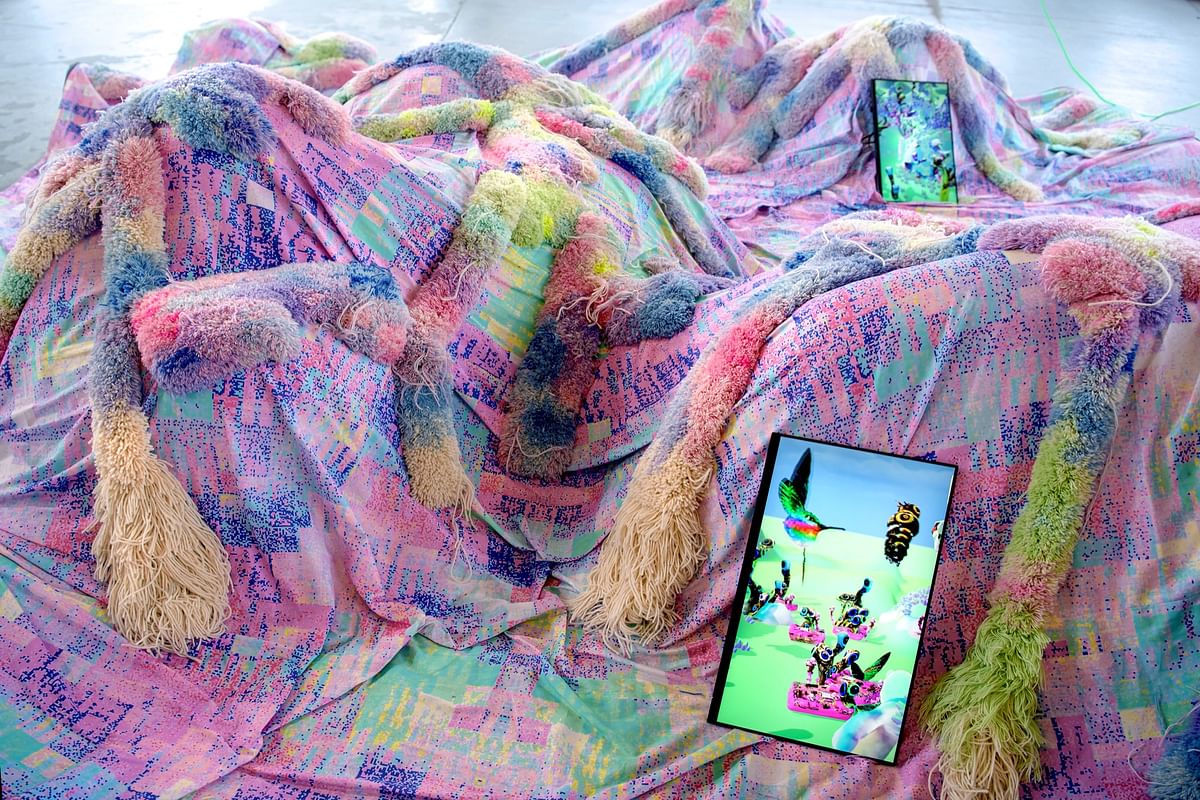
Related
Fellows at the University of Michigan’s Taubman College of Architecture & Urban Planning are hosting an exhibition exploring the “gathering of worlds” created by the participants’ various research projects.
Titled Touch Points, and open until March 23rd, the exhibition includes four research projects spanning the secreting labor of silkworms, the migratory lives of Rome’s public housing, fantasies of the perfect home, and the “silvery handholds of commercial building space.”
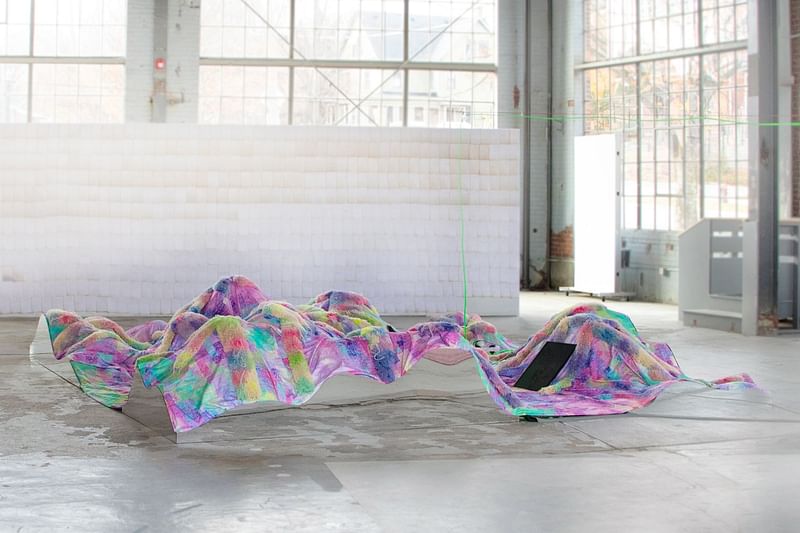
Alina Nazmeeva’s ‘Bug In My Software’ uses silkmoths as a vehicle to explore textile landscapes and speculative ecosystem simulations. “Here, the silkmoth — simultaneously organic, engineered, and mechanized for silk production creature — is a proxy to examine the relationship between gender, labor, human and non-human intelligence,” Nazmeeva explains. “The physical installation employs the silkmoth's DNA sequence, transformed into a visual pattern that is both a blueprint and a historical document.”
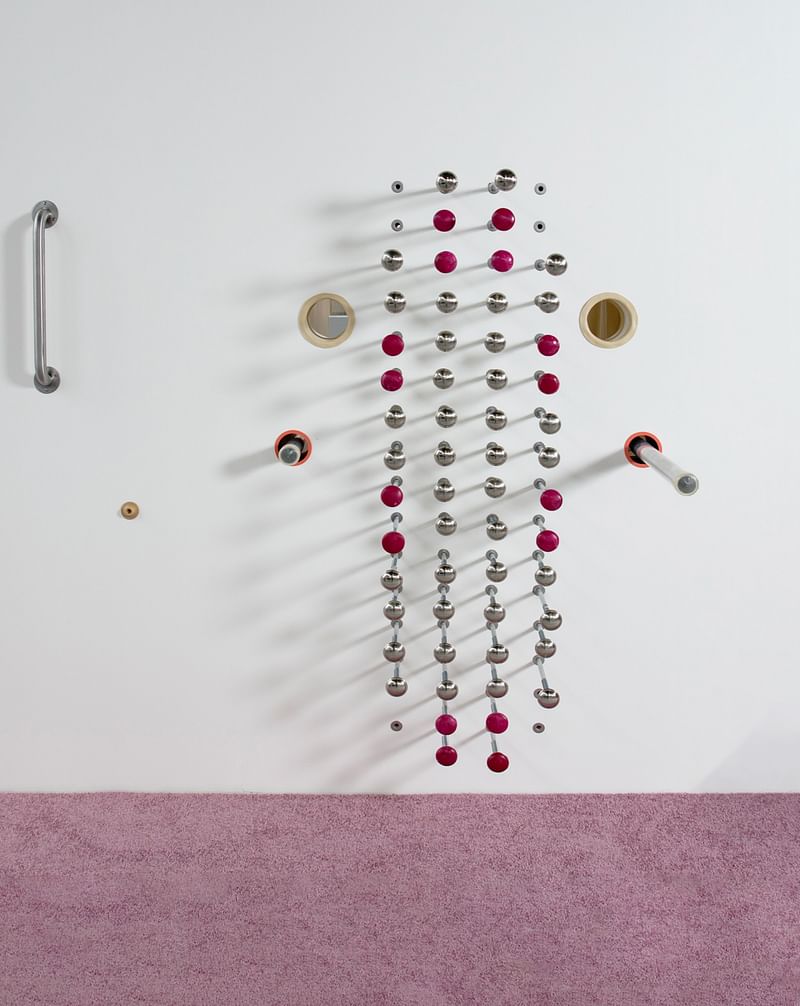
Meanwhile, Strat Coffman’s ‘Erotica Generica’ is described as sitting “somewhere between an appliance petting zoo and a softened workplace lounge.” The installation explores common commercial building fixtures, from door knobs to push plates. “Erotica Generica allows these binding agents to multiply, inflate, slip down the wall, shifting beyond their mandate to secure and expedite,” Coffman explains. “The work unearths the latent erotic exchanges of these fixtures, and architectures of the generic, host. What can happen when we wake up to how intimate it is to handle a building?”
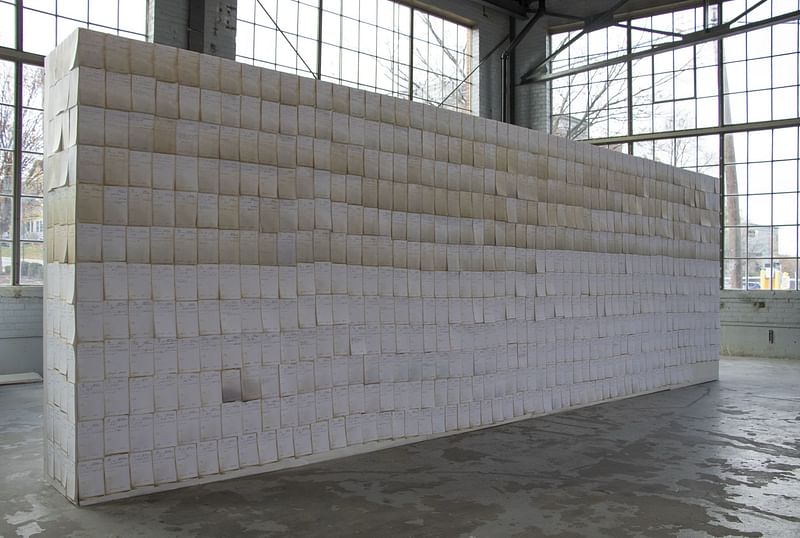
Anna Mascorella’s ‘Rehousing Rome: From Self-Built Settlements to Fascist-Built Borgate’ centers on mapping, photographs, architectural drawings, and a wall-mounted display of reproductions of the 749 administrative records that registered every family relocated to Borgata Gordiani in 1933 and 1934, a public housing development rapidly built by Italy’s then-regime. “Counting the number of family members declared on each form, these administrative records represent 4,113 individuals — a magnitude that reflects only a small portion of those displaced and rehoused under the regime,” Mascorella notes.
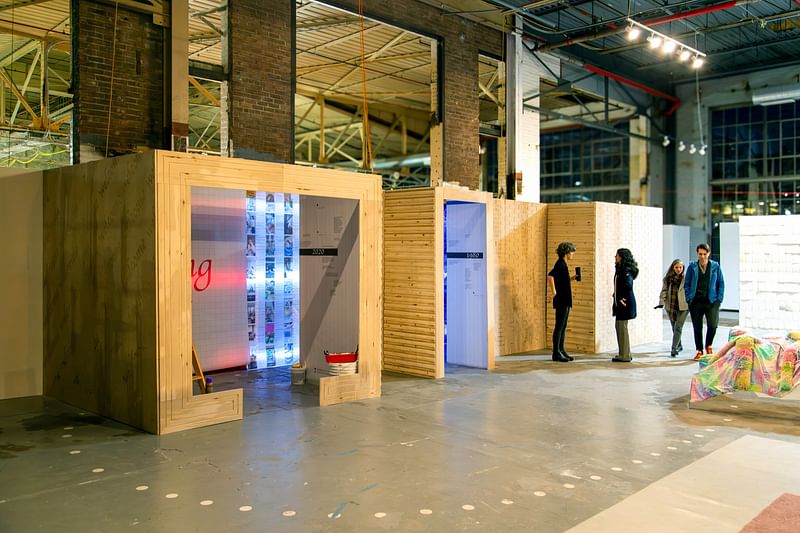
Finally, Salam Rida’s ‘Welcome Home’ advocates for equitable and inclusive housing policies, one built on places of belonging, safety, and opportunity for all. “Welcome Home serves as a reminder that housing is not merely a collection of buildings but a reflection of societal values and power dynamics,” Rida notes. “It challenges us to re-examine our assumptions and embrace our role as catalysts for positive social change.”

RELATED NEWS Carter Manny Awards go to architectural dissertations from Taubman College and Columbia GSAPP

RELATED NEWS Ifeoma Ebo, DK Osseo-Asare, AD-WO, Selina Martinez, and Maya Bird-Murphy are the Architecture & Design USA Fellows for 2024


Share
0 Comments
Comment as :